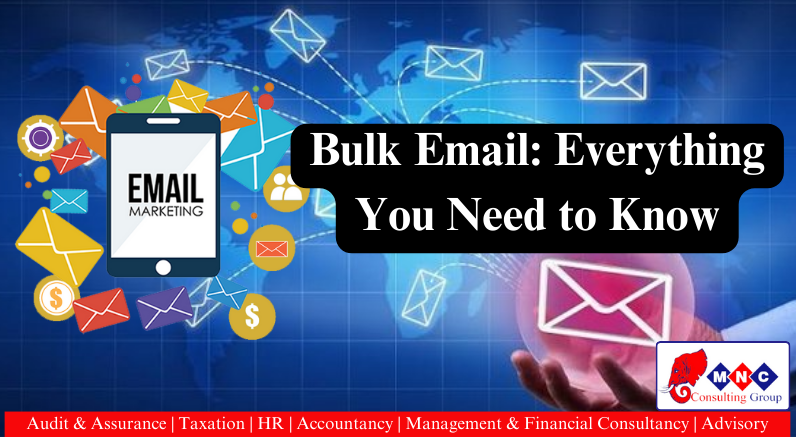Unstructured Supplementary Service Data (USSD) is a technology primarily used in Global Systems for Mobile Communications (GSM) networks to facilitate real-time communication between a mobile phone and a service provider’s application. Unlike Short Message Service (SMS), which is stored and forwarded, USSD is session-based and enables instant, two-way communication. This guide will walk through the basics of USSD, its applications, technical functionality, advantages, and why it remains an essential tool in mobile communication systems worldwide.
What is USSD?
USSD, often referred to as “quick codes” or “feature codes,” allows users to access various services by dialing specific codes on their mobile devices. These codes typically begin with an asterisk (*) and end with a hashtag (#). When a user dials a USSD code, it establishes a real-time session with the network. The system works on a request-response basis, meaning that once a user sends a USSD request, the network processes it and returns an instant response, which appears on the user’s screen.
A key characteristic of USSD is that it does not rely on an active internet connection or specialized apps. This makes it an accessible option for users with feature phones, limited data access, or in areas with unstable internet connectivity. USSD operates directly on the network, offering services such as mobile banking, balance checks, mobile money transfers, and prepaid airtime purchases.
How USSD Works
USSD is a session-oriented protocol. Here’s a basic flow of how a typical USSD session works:
- Initiating a Request: A user dials a USSD code on their mobile phone. This code often looks like this: *123#, where “123” could be a predefined code for checking an account balance or accessing a particular service.
- Network Communication: The user’s mobile device communicates with the nearest cell tower, which forwards the USSD request to the network’s USSD gateway. The gateway then directs the request to the appropriate application, such as a mobile banking server or service provider’s system.
- Processing the Request: The application processes the USSD query and formulates a response. This response could be a balance, a confirmation, or another type of interaction.
- Returning the Response: The response is then sent back through the USSD gateway to the user’s phone. The result is displayed as a simple text message, enabling immediate interaction.
Unlike SMS, which involves sending a message and awaiting a reply, USSD maintains an open connection for the duration of the session, allowing multiple exchanges of information within the same interaction. Each session can handle up to 182 characters, making it suitable for short, functional communication.
Key Features of USSD
- Real-time communication: USSD provides instantaneous, two-way communication between the user and the network.
- No need for an internet connection: Since USSD operates over GSM signaling channels, it doesn’t require data connectivity, making it accessible even in areas with limited or no internet coverage.
- Instant access: USSD services are available the moment they are deployed on the network, without the need for users to download or install applications.
- Broad compatibility: Most GSM-enabled phones, including feature phones, support USSD. It works across all phone types and doesn’t consume additional storage space on the user’s device.
Common Applications of USSD
USSD is a highly versatile technology used in a range of industries and services. Some of the most common applications of USSD include:
Mobile Banking
USSD is widely used in mobile banking services, particularly in regions with limited smartphone penetration and internet access. By dialing specific USSD codes, users can check account balances, transfer funds, pay bills, and purchase airtime. Since the system operates without needing internet access, it’s ideal for low-income regions and rural areas where data connectivity is often unreliable.
For example, a user might dial *123# to access a bank’s USSD menu, select an option to check their balance and receive an instant response without delays.
Prepaid Airtime and Data Top-Up
Telecom companies use USSD codes to facilitate the purchase of prepaid airtime and data bundles. Users can enter a code to view available packages, choose one, and confirm the purchase. This service works seamlessly on both feature phones and smartphones.
Mobile Money Transfers
Services like M-Pesa in Kenya or MTN Mobile Money in Africa utilize USSD for mobile money transfers. Users can send money, pay for goods, and manage their mobile wallets by entering USSD codes. The simplicity of the system allows it to work on basic phones, making it accessible to a broader audience.
Customer Feedback and Marketing
Businesses often use USSD for interactive marketing campaigns and customer surveys. Through a series of USSD menu options, customers can respond to surveys, participate in contests, or provide feedback. This is a valuable tool for companies looking to engage customers in real-time without needing them to be online.
Service Menu Access
Many mobile operators offer a variety of services, such as checking airtime balances, subscribing to data bundles, and activating value-added services (VAS), all through USSD. These services are typically accessed by dialing a universal code like *100#.
Enterprise Applications
Large businesses and enterprises integrate USSD with their systems to streamline processes like customer relationship management (CRM) and enterprise resource planning (ERP). USSD is often used to update customer information, manage account details, and automate processes, improving customer service and efficiency.
Advantages of USSD
USSD has several advantages that make it a popular tool, particularly in regions with low internet penetration:
- Cost-effective: Since USSD sessions use GSM signaling channels, they are less expensive than data-reliant services.
- Fast and reliable: USSD operates in real-time, with no delay between requests and responses, which is essential for time-sensitive applications like mobile banking or account verification.
- No installation required: USSD works instantly without needing any downloads or installations, making it easy for users of all device types to access.
- Broad accessibility: Even users with basic feature phones can access USSD services, ensuring that telecom companies and financial institutions can reach customers regardless of their phone type or internet access.
Technical Details of USSD
Technically, USSD uses existing GSM architecture. When a user dials a USSD code, the request travels over GSM signaling channels to the network. Unlike SMS or MMS, USSD does not store messages for later retrieval. It establishes a direct, real-time communication link between the mobile device and the network. The USSD gateway is responsible for routing these requests to the appropriate applications and delivering responses.
USSD services are identified by their shortcodes, typically starting with an asterisk (*) and ending with a hashtag (#). These codes can vary by network operator but are standardized within specific applications, such as checking a prepaid balance or configuring network settings.
Limitations of USSD
Despite its many advantages, USSD also has certain limitations:
- Character limit: USSD sessions can only handle up to 182 characters, which restricts the amount of information that can be transmitted in a single session.
- No support for multimedia: Unlike SMS, USSD cannot handle multimedia content such as pictures or videos, limiting its use to text-based interactions.
- Temporary sessions: Once a USSD session is closed, the interaction ends, which means users must start a new session if they want to continue their query or task.
Conclusion
USSD remains a powerful tool for enabling mobile services, especially in regions with limited internet access or where feature phones are prevalent. Its ability to provide real-time, two-way communication without relying on Internet connectivity makes it indispensable in sectors like mobile banking, telecommunications, and customer service. While there are limitations in terms of character length and multimedia support, its low cost and broad accessibility ensure that USSD will continue to play a vital role in mobile communications for years to come.




